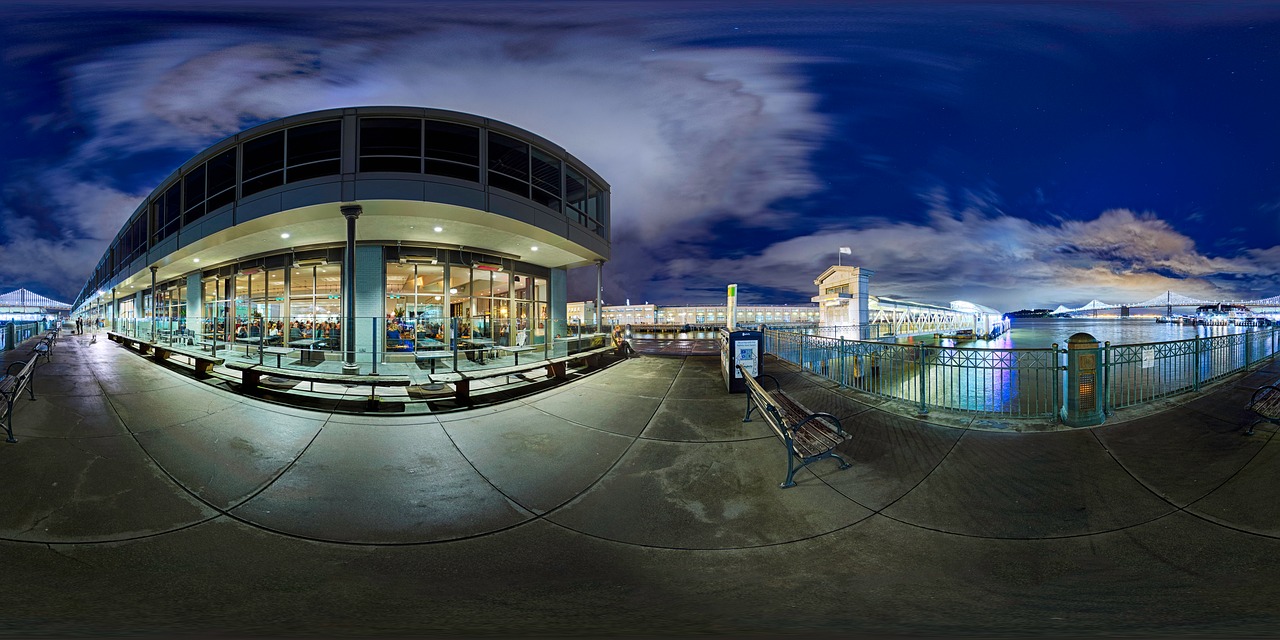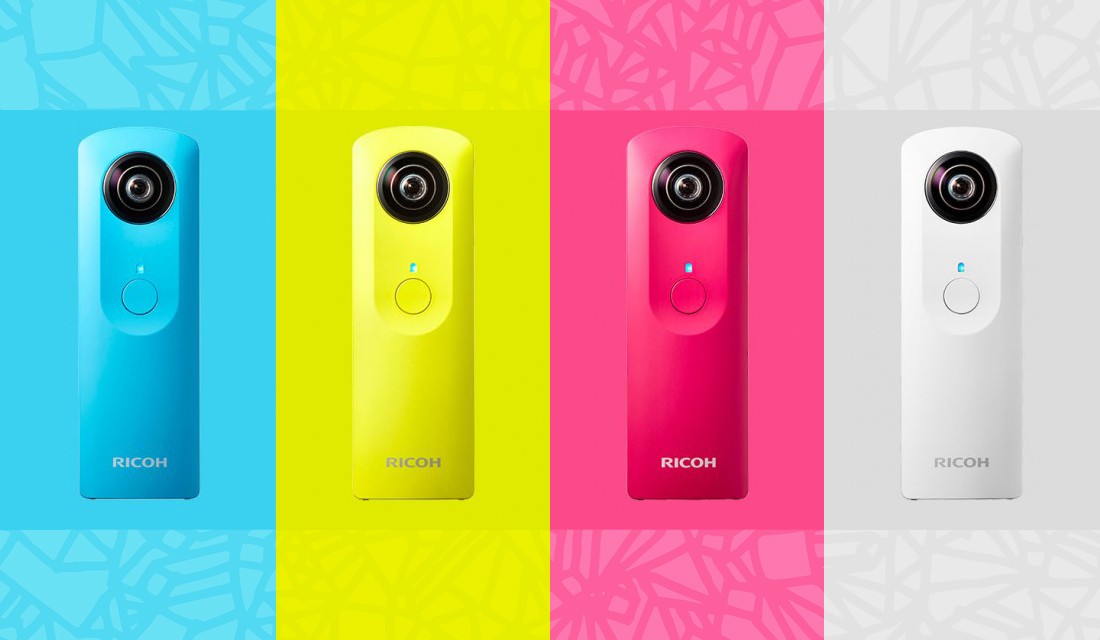Why 360° Video and Virtual Reality is the Future of Storytelling

Since the dawn of journalism, storytellers have been experimenting with the best ways to connect uninformed audiences with new ideas, situations and subjects. From creative textual narratives to breathtaking photography, media professionals use whatever tools they can to inform, entertain and influence their communities.
And today, as smartphones permeate society and attention spans decrease, video storytelling has quickly become the medium of choice for most consumers. Just look at your Facebook or Twitter feed these days; it doesn’t take long to realize video content has dominated the media industry.
But the next step of video, and the future of media will soon be immersive. That’s right – it won’t be long before virtual reality, augmented reality and 360° content is just as prevalent as images and text is today.
If you’ve never experienced this new medium, VR refers to any computer-aided technology that allows a user to feel like he/she is in a different environment than his/her reality. The technology has existed for about as long as computers have — just take a look at the Sensorama built in the 1950s. And who could forget those old View Masters (created in the 70s) you might have played with as a kid?
So why is this technology going to be the future of storytelling? For three very important reasons:
1. It’s An Empathy Generator
Virtual reality is the perfect environment for storytelling. Not only can we create fun, interactive videos, but these experience are much more apt to elicit empathy from the audience in ways other forms of communication can not. One prime example of this came last February when Nonny de la Peña (also known as the godmother of VR) and her company Emblematic Group created an animated, interactive 360 experience using recorded audio from an actual 9-1-1 phone call. This situation re-enacted a domestic violence situation and literally brought a user into the home where the incident occurred. An interactive experience like this makes the “idea” of domestic violence very real and illustrates the impact of 360 storytelling.
(The video is below contains language and graphic situations that you may not want to experience. Viewer discretion is advised.)
Besides hard journalism, everyone from retailers to apartment complexes are beginning to make use of immersive content to bring people new experiences with products and places. Sure, text and images can tell a story, but nothing makes an impression like “physically” being there – and virtual reality is the next best thing.
2. It’s Getting Easier
The onset of digital and mobile technology has brought with it new apps and devices that can deliver much more believable and “real” immersive experiences than ever before. And everyone from large corporations to small mom-and-pop shops can start creating virtual content.
NASA, for example, has recently built a physics-based virtual experience of Mars, consisting mostly of computer animation and digital renderings of the red planet. Other examples range from virtual reality gaming to immersive journalistic storytelling, each of which brings new opportunities to the media industry.
While this project was very high-end and expensive, other organizations, such as the New York Times and even the White House are finding ways to develop immersive stories at a much lower cost. For example:
- If you have a smartphone, download the nytvr app (New York Times VR). Check out their stories, and use your mobile device to experience them (beware if you have an older phone it may freeze up on you). Choose the 360 option if you don’t have a headset.
- If you don’t have a smartphone, check out The Displaced – a New York Times immersive story on the Syrian refugee crisis. From a browser you can use your mouse to scrub around the environment.
- Other examples include:
Thanks to platforms like YouTube and Facebook, it’s getting easier than ever to create and disseminate these immersive messages to consumers and audiences.
3. It’s Becoming More Affordable
One of the biggest challenges with virtual reality has been the cost. Especially for startups or small organizations, the expensive equipment and lack of entry has prevented many storytellers from creating content. However, with just a smartphone, almost anyone can start creating 360 content. Here are some simple options:
- 360° or Panorama smartphone apps (images only)
- Specialized 360° cameras such as the Ricoh Theta or Kodak PixPro
- GoPro cameras rigged together on a mount
Depending on the camera, 360° video can range in quality. For example, take a look at the following article, which shows the differences between four different cameras. Each of these options is under $1,000.00, and many newer cameras only cost a few hundred.

Beyond just a mobile device or desktop computer, users can have an even greater interactive experiences using a specialized headset. Specifically designed to block out a user’s actual environment, headsets truly make a user feel like he or she is in a new location by responding to head movement. Headsets range in price and quality, from a simple Google Cardboard (only about $15) to the Samsung Gear VR (about $99) and are either designed to work in tandem with smartphone 360° content or connect directly to a computer or game console to provide an immersive experience.
With the speed of tech development and adoption, it won’t be long before immersive experiences are commonplace. But the question remains: what will happen to flat video when 360 takes over? Will these new platforms replace traditional video, or will there always be a place for 2D content? Let us know in the comments below!


